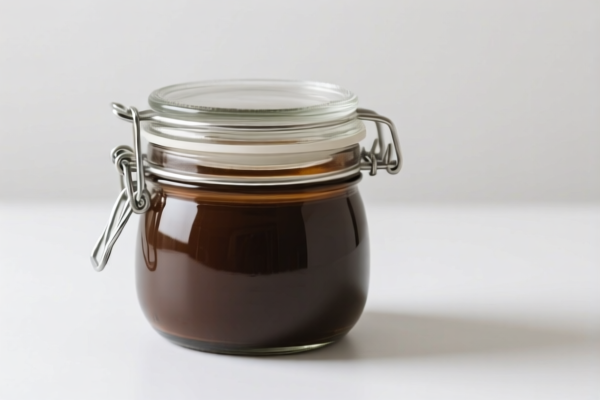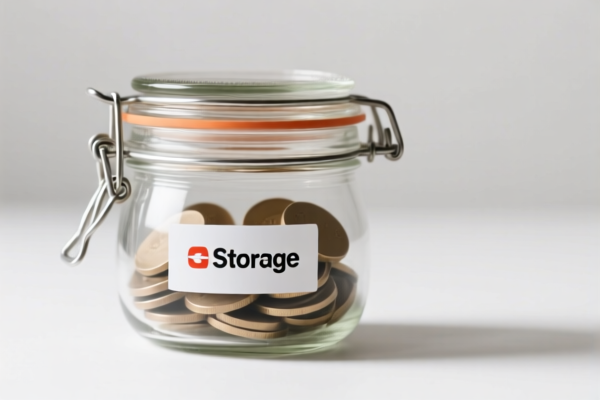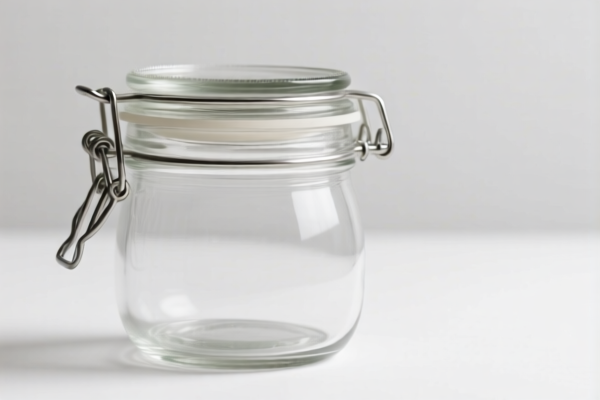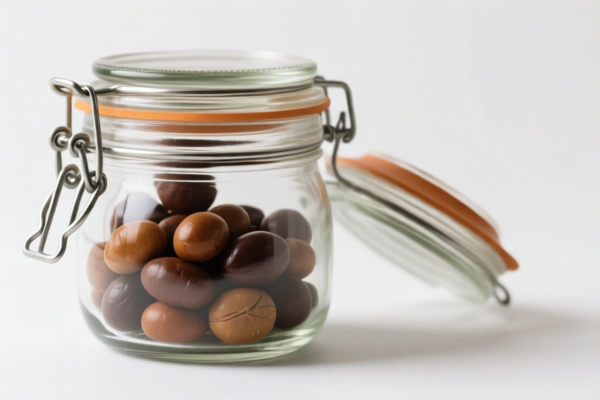| HS Code | Official Doc | Tariff Rate | Origin | Destination | Effective Date |
|---|---|---|---|---|---|
| 7010905055 | Doc | 55.0% | CN | US | 2025-05-12 |
| 3923300090 | Doc | 58.0% | CN | US | 2025-05-12 |
| 6914108000 | Doc | 64.0% | CN | US | 2025-05-12 |




Okay, let's break down the HS codes and tax implications for your "STORAGE JAR" declaration. Here's a structured analysis to help you understand the classification and potential costs:
Understanding HS Codes – A Quick Primer
HS codes (Harmonized System codes) are internationally standardized codes used to classify traded products. The first 6 digits are generally consistent worldwide, while the last digits can vary by country. Here's how to interpret the codes you've provided:
- Chapter (First 2 Digits): Indicates the broad category of the product.
- Heading (First 4 Digits): Narrows down the product type within the chapter.
- Subheading (First 6 Digits): Further specifies the product.
- National Code (Last Digits): Country-specific code for even more precise classification.
Analysis of Your HS Codes
Let's examine each code individually:
1. HS Code: 7010.90.50.55 – Glass Containers
- 70: Glass and glassware. This chapter covers products made of glass.
- 7010: Carboys, bottles, flasks, jars, pots, vials, ampoules and other containers, of glass. This heading specifically targets glass containers used for holding goods.
- 7010.90: Other glass containers. This subheading covers glass containers not specifically mentioned elsewhere in the heading.
- 7010.90.50.55: Other containers (with or without their closures) Of a capacity not exceeding 0.118 liter. This is a very specific classification for small glass containers.
- Tax Implications:
- Basic Duty: 0.0%
- Additional Tariff: 25.0%
- Post April 2, 2025 Additional Tariff: 30.0%
- Total Tax: 55.0%
2. HS Code: 3923.30.00.90 – Plastic Containers
- 39: Plastics and articles thereof. This chapter covers products made of plastic.
- 3923: Articles for the conveyance or packing of goods, of plastics. This heading focuses on plastic packaging items.
- 3923.30: Stoppers, lids, caps and other closures, of plastics. This subheading covers plastic closures.
- 3923.30.00.90: Carboys, bottles, flasks and similar articles Other. This is a specific classification for plastic containers.
- Tax Implications:
- Basic Duty: 3.0%
- Additional Tariff: 25.0%
- Post April 2, 2025 Additional Tariff: 30.0%
- Total Tax: 58.0%
3. HS Code: 6914.10.80.00 – Ceramic Articles
- 69: Ceramic products. This chapter covers products made of ceramic.
- 6914: Other ceramic articles. This heading covers ceramic articles not specifically mentioned elsewhere in the heading.
- 6914.10: Of porcelain or china. This subheading covers ceramic articles made of porcelain or china.
- 6914.10.80.00: Other. This is a general classification for other ceramic articles.
- Tax Implications:
- Basic Duty: 9.0%
- Additional Tariff: 25.0%
- Post April 2, 2025 Additional Tariff: 30.0%
- Total Tax: 64.0%
Important Considerations & Recommendations:
- Material is Key: The HS code is highly dependent on the material of your "STORAGE JAR." Glass, plastic, and ceramic have significantly different classifications and tax rates. Double-check the material composition of each jar.
- Capacity/Volume: The capacity of the jar can also influence the HS code. Pay attention to the volume specifications in the code descriptions.
- End Use: While you've declared "STORAGE JAR," the specific end use (e.g., food storage, chemical storage, cosmetic packaging) could potentially influence the classification.
- Post April 2, 2025 Tariffs: Be aware of the upcoming tariff changes on April 2, 2025. Factor this into your cost calculations.
- Certifications: Depending on the intended use of the jars (especially for food or chemicals), you may need specific certifications (e.g., FDA compliance for food contact materials). Check the import regulations for your destination country.
- Single Declaration: If you are importing a mix of jars (glass, plastic, ceramic), you may need to declare them separately under their respective HS codes.
Disclaimer: I am an AI assistant and this information is for general guidance only. Import regulations and HS code classifications can be complex and subject to change. It is highly recommended to consult with a licensed customs broker or import specialist in your country for accurate and up-to-date information. They can help you ensure proper classification and compliance with all applicable regulations.
Customer Reviews
No reviews yet.